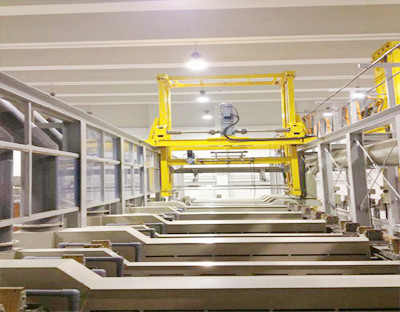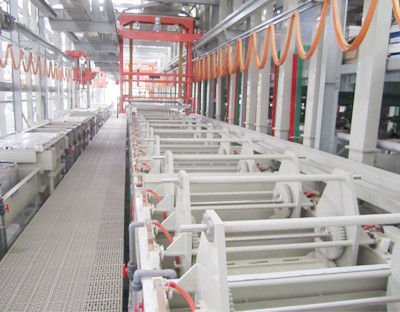1、 Sulfuric acid
At room temperature, the solubility of sulfuric acid solution to metal oxides is weak. Increasing the solution concentration can not significantly improve the etching ability of sulfuric acid. When the concentration reaches more than 40%, the solubility of iron oxide decreases significantly, and when it reaches more than 60%, the oxide scale can hardly be dissolved. Hot sulfuric acid has strong etching ability on steel matrix and great peeling effect on oxide scale. However, when the temperature is too high, it is easy to cause over corrosion and hydrogen embrittlement of steel matrix. Therefore, generally, it is only heated to 50 ~ 60C, not more than 75c, and appropriate corrosion inhibitor should be added. Steel parts are generally etched in 10% 20% (volume ratio) sulfuric acid solution at 40 ° C. When the iron content in the solution exceeds 80g / L and ferrous sulfate exceeds 215g / L, the etching solution shall be replaced.
Sulfuric acid solution is widely used in the etching of steel, copper and brass parts. Together with chromic acid and dichromate, it is used as deoxidizer and de hanging agent for aluminum. It is mixed with hydrofluoric acid, nitric acid or both for stainless steel scale removal. Sulfuric acid anodic etching is an effective method to remove oxide scale and hanging ash from iron and steel.
2、 Hydrochloric acid
At room temperature, hydrochloric acid has a strong chemical dissolution of metal oxides, but the dissolution of steel matrix is relatively slow. It is not easy to have over corrosion and hydrogen embrittlement when etching with hydrochloric acid. Hydrochloric acid can effectively etch many metals at room temperature. When the concentration and temperature are the same, the etching speed of hydrochloric acid is 1.5 ~ 2 times faster than that of sulfuric acid. Hydrochloric acid etching solution is usually a hydrochloric acid solution with a concentration of 20% – 80% (volume ratio) at room temperature. Some departments] also use concentrated hydrochloric acid and heat it appropriately.
3、 Nitric acid
Nitric acid is an important component of many bright etching solutions. The mixture of nitric acid and hydrofluoric acid is widely used to remove heat-treated scale on lead, stainless steel, nickel based and iron-based alloys, titanium, zirconium and some cobalt based alloys. Nitric acid and sulfuric acid mixed acid can be used for gloss etching of copper and copper alloy parts.
4、 Hydrofluoric acid
Hydrofluoric acid can dissolve compounds containing silicon. It also has good solubility in chromium and aluminum oxides. Therefore, hydrofluoric acid can be used for etching of special material parts such as castings and stainless steel. However, hydrofluoric acid is highly toxic and volatile. Care should be taken to prevent contact with human skin.
5、 Phosphoric acid
Phosphoric acid is widely used for rust removal of steel parts, mainly before coating of steel weldment assemblies. For example, 2% phosphoric acid, when the temperature is 80 ° C, is used for rust removal of iron and steel parts. Phosphoric acid mixed with nitric acid, sulfuric acid, acetic acid or chromic anhydride can be used for bright etching of aluminum, copper, steel and other metals.
6、 Sodium bisulfate
Sodium bisulfate is an acid salt used in most dry etching solutions. It can replace sulfuric acid and make treatment more convenient. In addition, alkaline etching can be used for aluminum based and zinc based parts.




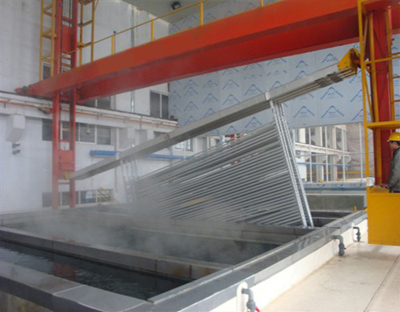
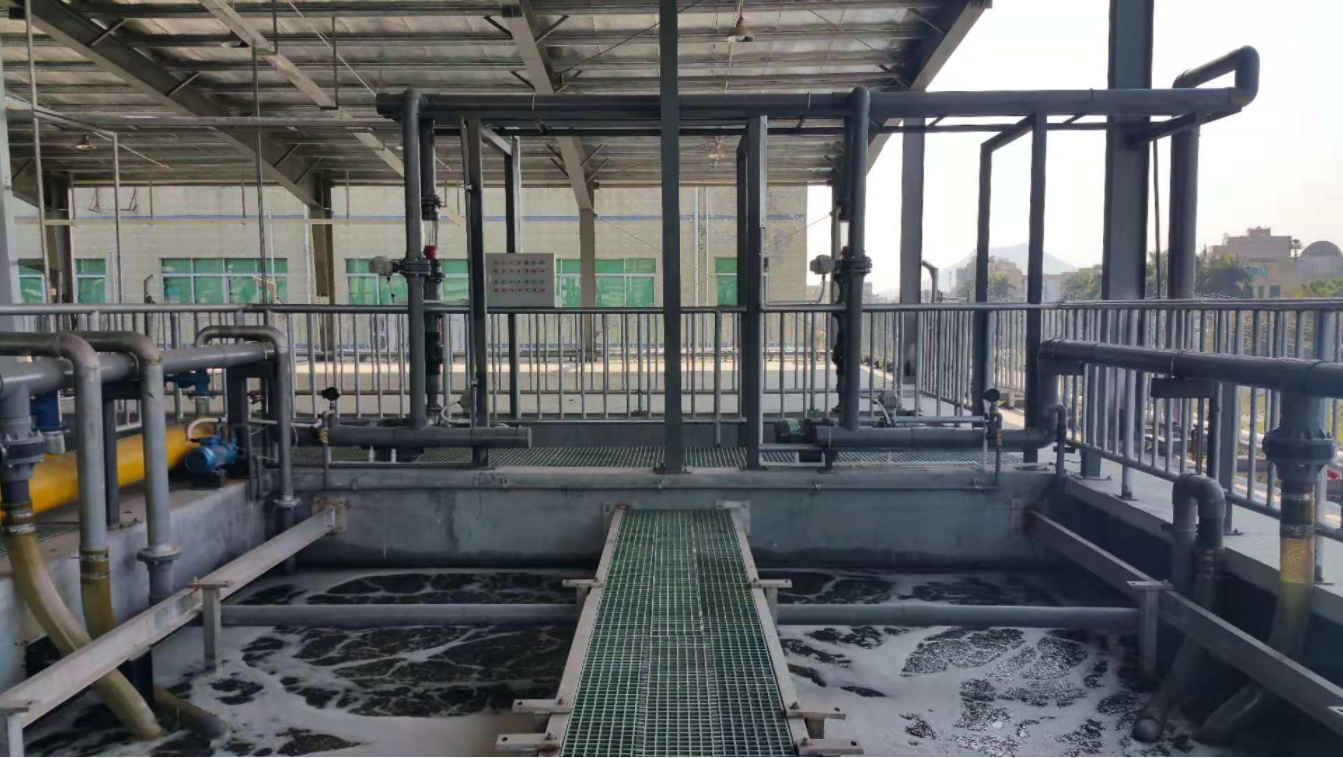
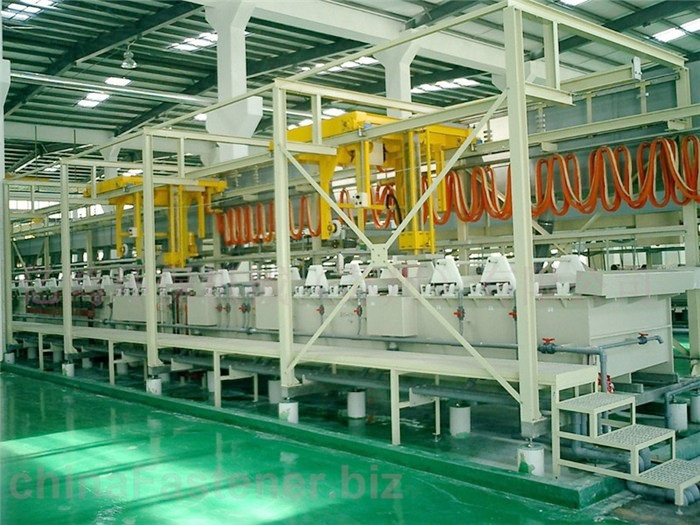
 Nov. 02, 2021
Nov. 02, 2021 